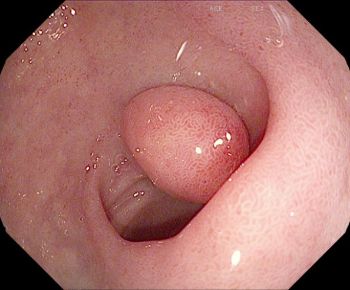Improving Polyp Segmentation in Colonoscopy using Deep Learning
DOI:
https://doi.org/10.5617/nmi.9136Emneord (Nøkkelord):
Deep Learning, medical image segmentation, polyps, endoscopy, colorectal polypsSammendrag
Colorectal cancer is one of the major causes of cancer-related deaths globally. Although colonoscopy is considered as the gold standard for examination of colon polyps, there is a significant miss rate of around 22-28 %. Deep learning algorithms such as convolutional neural networks can aid in the detection and describe abnormalities in the colon that clinicians might miss during endoscopic examinations. The "MedAI: Transparency in Medical Image Segmentation" competition provides an opportunity to develop accurate and automated polyp segmentation algorithms on the same dataset provided by the challenge organizer. We participate in the polyp segmentation task of the challenge and provide a solution based on the dual decoder attention network (DDANet). The DDANet is an encoder-decoder-based architecture based on a dual decoder attention network. Our experimental results on the organizers' dataset showed a dice coefficient of 0.7967, Jaccard index of 0.7220, a recall of 0.8214, a precision of 0.8359, and an accuracy of 0.9557. Our results on unseen datasets suggest that deep learning and computer vision-based methods can effectively solve automated polyp segmentation tasks.






